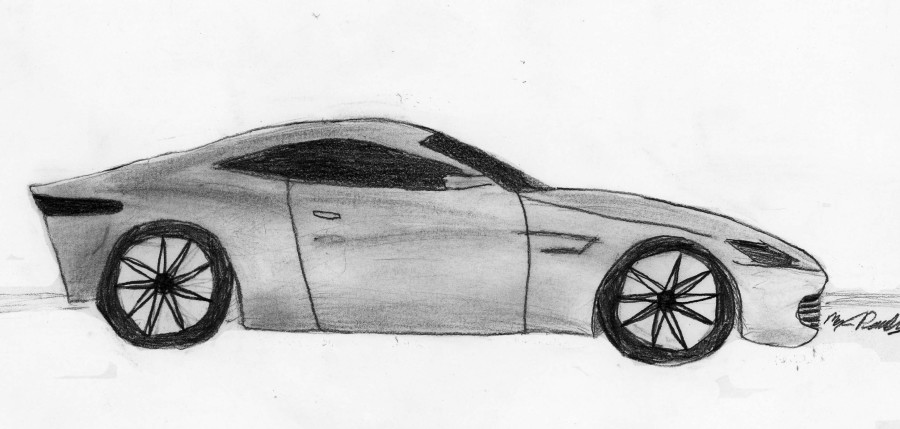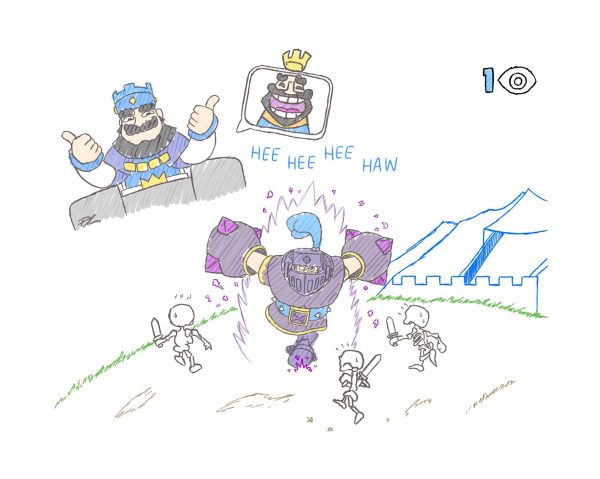‘Spectre’ visits ghosts of James Bond past
“Spectre” opens with the phrase “The Dead are Alive” projected on the black screen. This is more than just artistic flair on the part of the director. These words serve to frame the most critical development in the Bond franchise, as old story lines and new lore converge, leaving Daniel Craig somewhere in the middle.
“Skyfall” saw Bond being forced out of espionage by the encroachment of technology. In the end, Bond manages to defend his job while simultaneously introducing a new cast, including a replacement M, Ms. Moneypenny and a young Q. The watchful Bond fan saw this as setting the stage for the franchise to return to the original films, and reutilizing the full cast of characters and gadgets. “Spectre” supports this theory with the return of the evil organization SPECTRE, led by one of the original Bond villains, the enigmatic Blofeld.
“Spectre” begins in Mexico City during the Day of the Dead parade. The Daniel Craig Bond films always open with an explosive action sequence, and the parade scene does not disappoint. Bond then finds himself hunting the mysterious SPECTRE organization that appears to be behind a series of attacks. Bond flexes his detective muscles and unearths that SPECTRE has engineered the most disastrous personal events in his life. And the artist of his misery is none other than Blofeld.
Anyone familiar with the Sean Connery Bond films will recognize Blofeld as Bond’s arch nemesis. Blofeld is re-imagined by Christoph Waltz. Because of his terrifying performance as Nazi Col. Hans Landa in “Inglourious Basterds,” Waltz could have played the character with the same malevolence. Instead, Blofeld is portrayed as a soft-spoken, neurotic genius, a decision that differentiates the character from the typical Bond villain.
Another surprising performance comes from Ralph Fiennes, who faced the monumental challenge of taking over the character of M from Judi Dench. Throughout the film, M is aided by Q and Moneypenny, who are both far more likable and developed since their “Skyfall” debut.
Daniel Craig takes a noticeably different approach in his portrayal of Bond. This Bond is a less serious and more lighthearted version of his previous self. While his attitude is still far from Roger Moore’s comical Bond, this Bond, perhaps like Craig himself, is weary of his role and is looking forward to retirement.
Whether Craig’s comments about leaving the franchise prove true, this is certainly a turning point in the franchise. The original characters are back in place and the original villain has been introduced. It seems as if the writers are restarting the franchise from the beginning. This certainly raises the question about where such a change leaves Craig. Without a doubt, he has been one of the most popular Bond actors and has brought the franchise to an astonishing level of popularity. With the changing of the old guard in “Skyfall” and the departure of director Sam Mendes, it is possible that this is Craig’s final outing. But is it a good send off for an iconic Bond?
The rather lengthy runtime is devoted to the storytelling and ends up feeling quite unwieldy towards the end. The attempt to tie SPECTRE to the events in the previous Craig films, while intended to be profound, only cheapens them. The film does manage to re-examine the role of surveillance in society without feeling like a retread of “Skyfall.”
The quintessential Bond action sequences are still showcased. The Craig films are known for the use of practical special effects to increase visceral tension. This time, however, execution is lacking. While the stunts are certainly impressive, the camera always ends up panned out as if the crew are more impressed with themselves for staging the sequence than they are concerned with the dramatic effect.
Nevertheless, the real stars of the action scenes end up being the cars. Bond gets all-too-brief wheel time behind the Aston Martin DB-10 concept car as he faces off against a SPECTRE henchman in the Jaguar CX-75 concept. Both cars are works of art and utterly spectacular when being put through their paces. This time around, the camerawork is much appreciated because it allows ample time to enjoy the beauty of these machines.
But Bond does not drive away in the DB-10 at the end of the film. Instead, he chooses his old Aston Martin DB-5 from the Sean Connery films. This is perhaps the most telling scene about Craig’s future in the franchise. If this is the end of Craig, it was certainly a great ride. He revitalized the franchise and proved that James Bond is still relevant today.
Your donation will support the student journalists of Saint Viator High School. Your contribution will allow us to purchase equipment and cover our annual website hosting costs.








